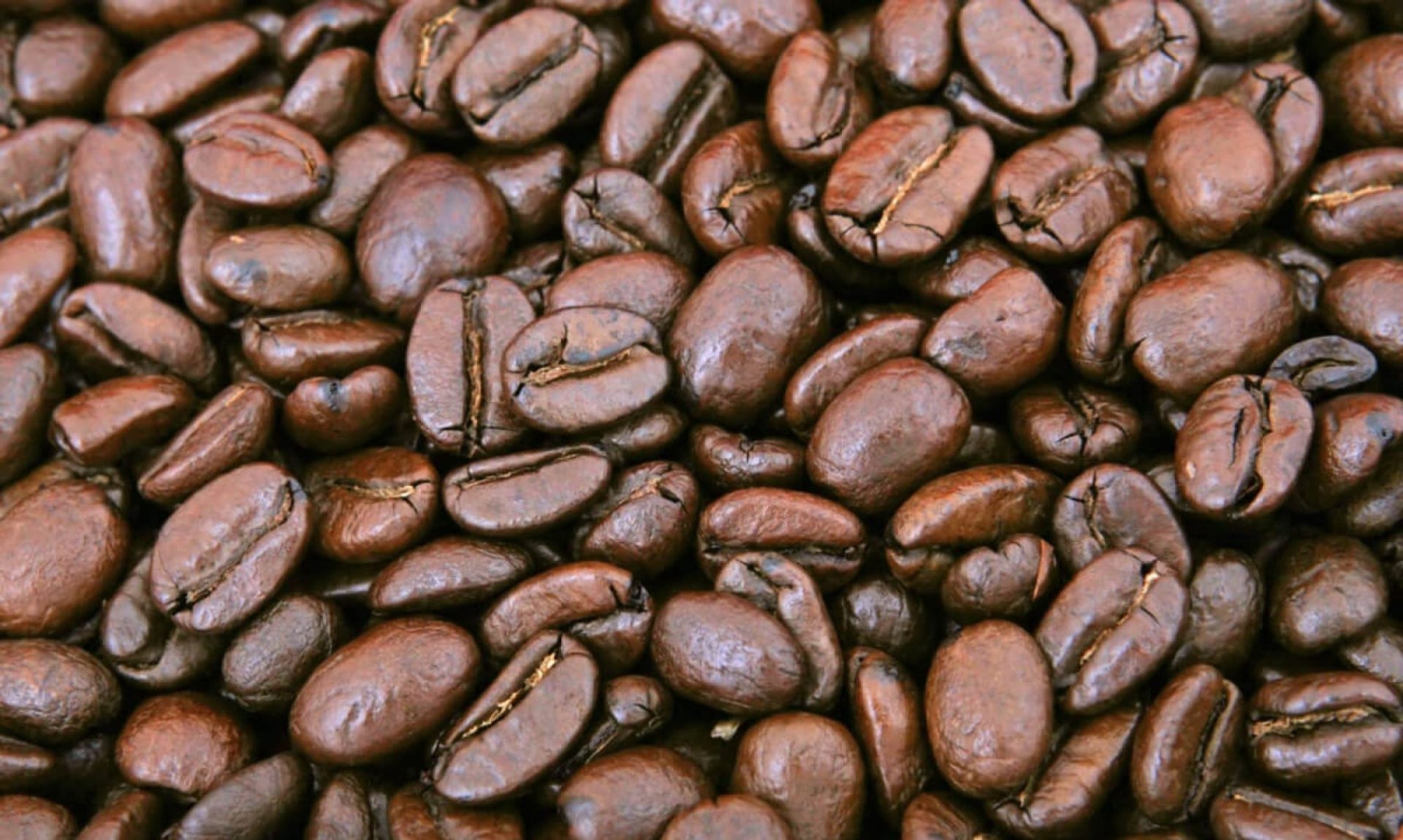When the sun shines bright, and the temperature rises, there’s one beverage that becomes a true summer companion: iced coffee. This will happen soon, so it’s high time to describe this kind of coffee. It has gained popularity around the world for its ability to combine the rich flavors and caffeine kick of traditional coffee with the refreshing coolness of a cold beverage. In this blog post, we’ll delve into the wonders of iced coffee, exploring its history, different brewing methods, and the creative variations that make it a summer sensation.
A brief history
Iced coffee is not a modern invention; its roots date back centuries. Legend has it that the popularization of iced coffee can be attributed to a man named Sadiq Afendi, a Syrian entrepreneur. In the mid-19th century, Sadiq Afendi experimented with brewing coffee using cold water and ice, creating a cool and invigorating drink. This concept spread across the globe, with variations appearing in different cultures, eventually leading to the widespread popularity of iced coffee we enjoy today.
Brewing methods
There are several ways to prepare a delicious iced coffee, each offering a unique flavour profile. Let’s explore some popular brewing techniques:
- Cold brew
In cold brew, coarsely ground coffee beans in cold water for an extended period of time, usually 12 to 24 hours. This slow extraction process produces a smooth, low-acidity beverage with a natural sweetness. - Japanese iced coffee
In this method, hot water is first poured over coffee grounds, to allow for the quick extraction of flavors. The resulting coffee is then poured over ice, which immediately cools and preserves the delicate flavors of the brew. - Flash chill
The flash chill method involves brewing a double-strength hot coffee and then pouring it directly over ice, which quickly chills the beverage. This method is perfect for those who want a quick and easy iced coffee fix.
Creative variations
One of the most appealing aspects of iced coffee is the endless possibilities for customization. Here are some popular variations to try:
- Iced latte
A classic choice, an iced latte combines espresso with cold milk and is often topped with a generous dollop of foam. This creamy treat offers a perfect balance between rich coffee and smooth milk. - Vietnamese iced coffee
A blend of dark-roasted coffee and sweetened condensed milk, this indulgent beverage is poured over ice. Its unique combination of flavors creates a rich, sweet, and refreshing experience. - Iced mocha
Ideal for chocolate lovers, an iced mocha combines espresso, milk, and chocolate syrup. It’s a delicious treat that seamlessly blends the strenght of coffee with the sweetness of chocolate.
Serving and garnishing
The presentation of iced coffee can be just as exciting as the taste. To enhance your enjoyment, consider these tips:
- Glassware
Use a clear glass or a stylish mason jar to showcase the layers of coffee and milk in your beverage. The visual appeal adds to the overall experience. - Ice
Experiment with different types of ice cubes, such as flavored or oversized cubes, to keep your iced coffee cold without diluting the flavor. - Garnishes
Enhance your iced coffee with toppings such as whipped cream, chocolate shavings, caramel drizzle, or a sprinkle of cinnamon. These extra touches can turn your drink into a true work of art.
The bottom line
Iced coffee is more than just a caffeinated beverage; it’s an embodiment of refreshment, innovation, and creative exploration. Whether you prefer the classic cold brew or enjoy experimenting with
